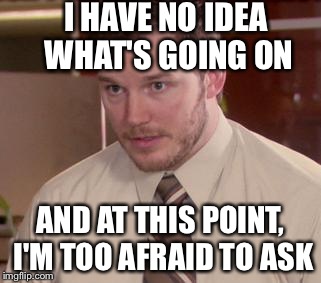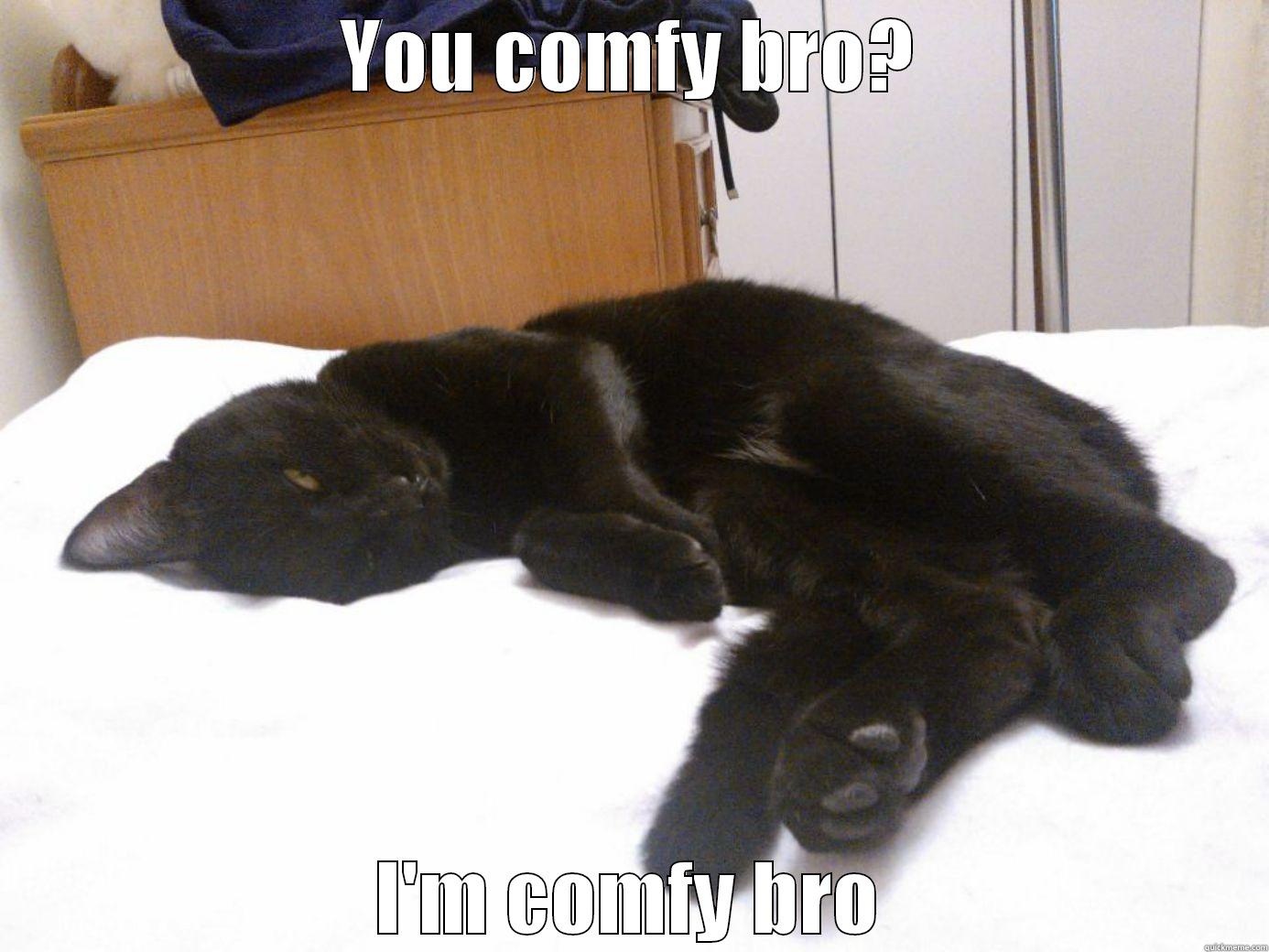I love museums.

Their clean surfaces, quiet patrons, elegant displays, and informative exhibits make me happy. Living in New York–a city known for its “museum mile”–has only intensified my musemophile tendencies.

Last week, I visited the American Museum of Natural History. I spent my first hour there in pure bliss. The African Mammals, Global Disease, and Cosmic Pathway displays kept my too-easily-bored mind engaged. Seriously–I could feel myself getting smarter.

Then I entered the “Hall of African Peoples” exhibit.
An anthropological journey through the lifestyles and customs of African people, the exhibit explores Africa’s cultural heritage from Ancient Egypt to modern times. I approached the first display–the evolution of human tools–in my usual fashion: an initial, brief glance over the entire display, next, a focus on the artifact being highlighted, then a close reading of artifacts’s accompanying panel.
Immediately, I felt bothered by how the authors of the exhibit described the people who used the tools. They referred solely to a masculine actor. “Man” created stone tools starting 2.5 million years ago, “Man” developed hand axes in the lower paleolithic era, and “Man” designed spears around 300,000 years ago.
So, what’s wrong with this exhibit? After all, wasn’t “Man” the one who made tools in order to hunt, and provide for his pre-historic dependents?
Actually, he wasn’t.
The idea that the male “breadwinner” has existed throughout time is a myth. After surveying two hundred hunter/gatherer cultures in Oceania, Asia, Africa, and the Americas, anthropologists have determined that women’s gathering of food stuffs sustained pre-historic tribes. Hunting by men provided twenty percent of a tribe’s nourishment; women produced eighty percent of the total food consumed. Further analysis of ancient people’s teeth indicates that grains, nuts, and fruits–foods obtained through gathering, not hunting–served as their main food sources.

In the past two centuries, anthropologists have focused on “Man” as the inventor of tools to use on the hunt (see: Natural History Museum display). Now, several scholars credit women with inventions they had formerly attributed to men. In fact, many say that hunting developed after gathering, meaning that women invented the earliest tools (i.e. bones, stones, lengths of wood for digging up roots).
Prehistoric women enjoyed equality with men, likely because of their economic contributions. Women’s parity only diminished as agriculture developed, and communities made the transition to patriarchal societies. The ideal of the male “breadwinner” did not exist until the late nineteenth century when male artisans in England–who lost their jobs to women–used the notion as a justification for confining women to the home. They claimed that society would fall apart if the moral pillars of families, women, left the home to work.

If history clearly shows us that women were as much the “breadwinners” as men in prehistoric societies, why do we continue to live with the legacy of the male “breadwinner”?
Here’s a better question: Who controls information and how it is distributed to the masses? Who has a monopoly on knowledge?

Men constitute 70% of full time faculty in degree-granting post secondary education institutions in the US. In 27 states, males make up the majority of public high school principals–in Kansas, by greater than 40%. 19 out of 33 senior officials in the U.S. Department of Education are men.
These statistics show that men control knowledge. The “man the hunter,” man the “inventor of tools,” and the inescapable male “breadwinner” ideals, give men privileged access to employment, higher salaries, and status in organizational hierarchies.
Why would anyone sacrifice privilege for the sake of historical accuracy, and more importantly, gender equity?

To be fair, women comprise 44% of the museum labor force. Still, we have to think about where those women went to school, who their principals were, what professors they had. Likely, their education taught them to internalize the gender roles that many scholars have transferred to prehistoric people. Perhaps those women see nothing wrong with the Natural History Museum’s “Hall of African Peoples” exhibit.
Eradicating gender inequality begins with education. We must see injustice before we can address it.
Universities need more full-time female faculty members. The Department of Education needs more women senior officials.Kansas needs more female principals.
Case and point:

Furthermore, transgender education providers are so few that researchers do not even include them in most demographic analyses of school boards and college professors. How might history look if the most marginalized had a seat at the table?
As a society, we must change a culture. We have to shift away from only men controlling knowledge. It is time for a joint sharing of information and interpretation between genders.
















 ly an accurate term to describe Choices–one of the leading medical centers for women’s reproductive health in the United States. Founded in 1971 by Merle Hoffman, Choices offers female patients a wide variety of services including prenatal care, a full spectrum of gynecological services, counseling, financial assistance, and yes, abortions.
ly an accurate term to describe Choices–one of the leading medical centers for women’s reproductive health in the United States. Founded in 1971 by Merle Hoffman, Choices offers female patients a wide variety of services including prenatal care, a full spectrum of gynecological services, counseling, financial assistance, and yes, abortions.












